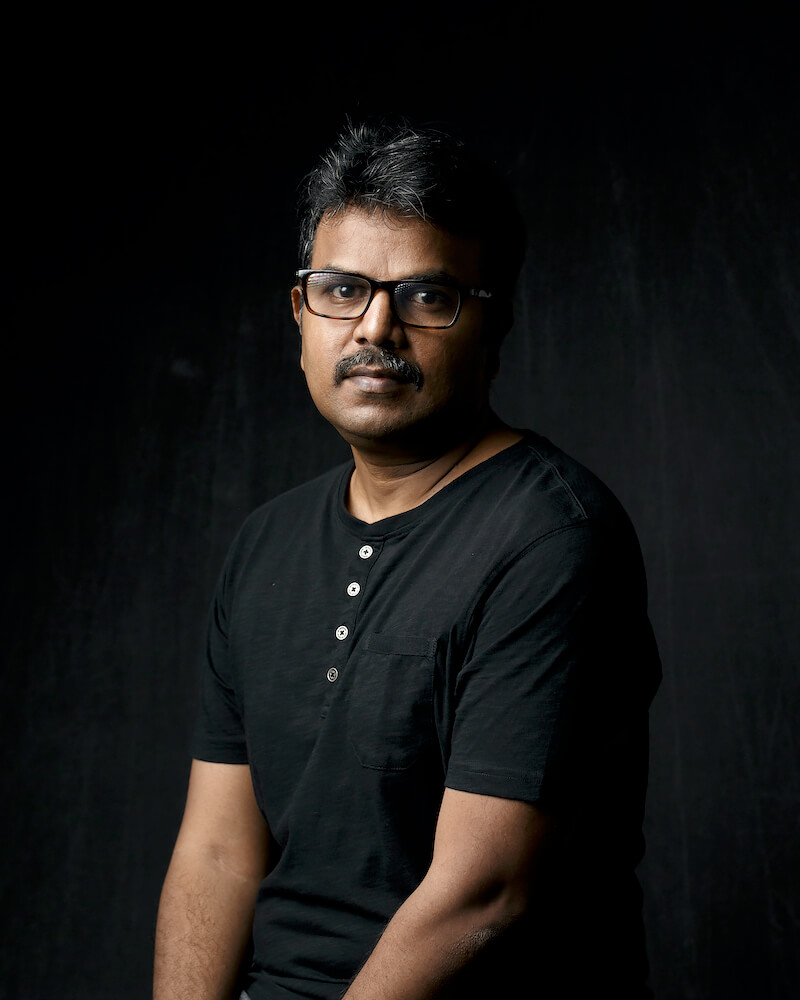Mahesh is an Independent Photographer from Chennai, India. His works are published in various international magazines like National Geographic Traveler US, BLUR, Digital Photo UK, Wanderlust UK, Dodho, etc. He has won many international awards like National Geography Traveler Photo Contest, 1x, PX3, IPA, Siena Photo Awards, Monovisions Photo Awards, etc. Adobe has also chosen one of his photos for Adobe Lightroom as a Splash Screen (startup screen).
Marina:
Marina is the longest natural urban beach of India, along the Bay of Bengal. It is one of the major attractions in Chennai, India. Marina Beach is full of activity in the early morning hours and in the evenings. If we stroll along the beach, we could see kids playing cricket, volleyball matches, fish markets, flying kites and much more. It is also a pleasant experience to walk along the beach during sunrise and sunset. There is full of life at every corner of this place.
I have been taking pictures in and around Marina for the past 8 years. I tried to document, the true essence of people activities in & around the beach in various time periods. I wanted to portray Marina Beach’s character and how important it is for people. The following set of pictures is my way of interpretation of Marina Beach, Chennai, India.
